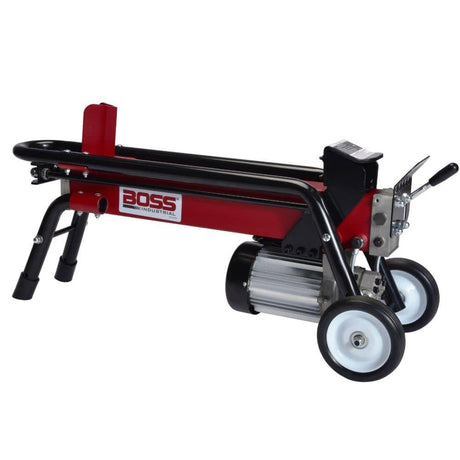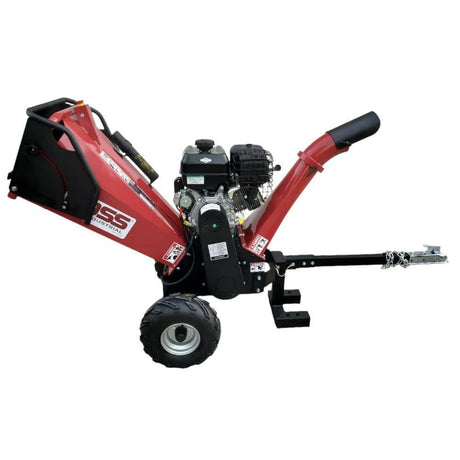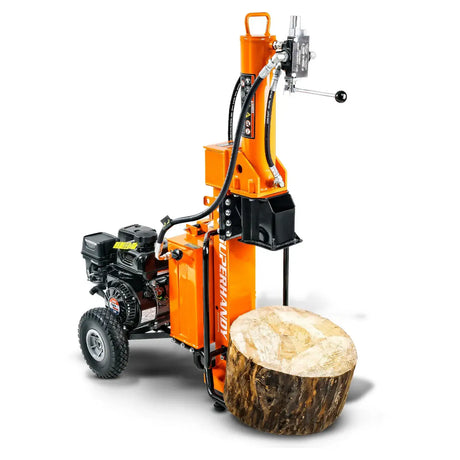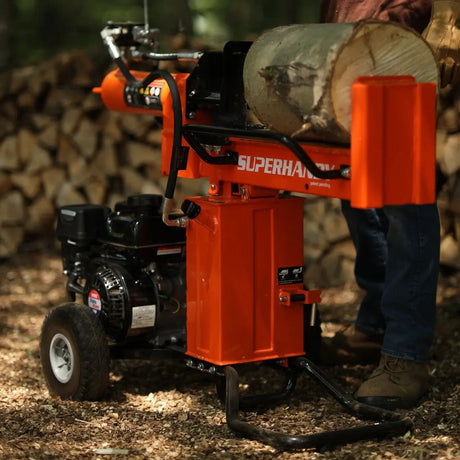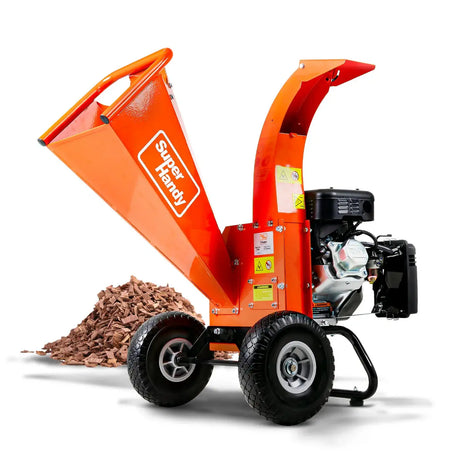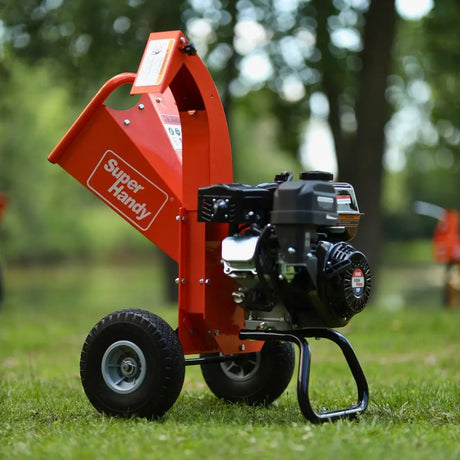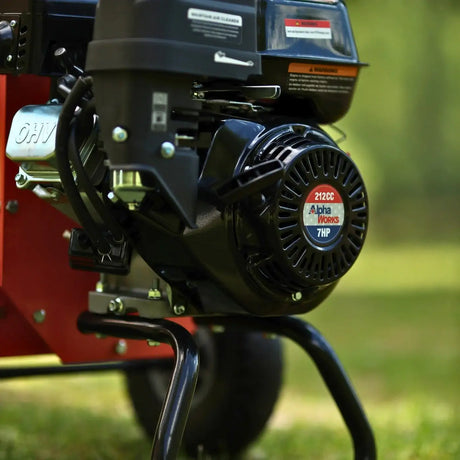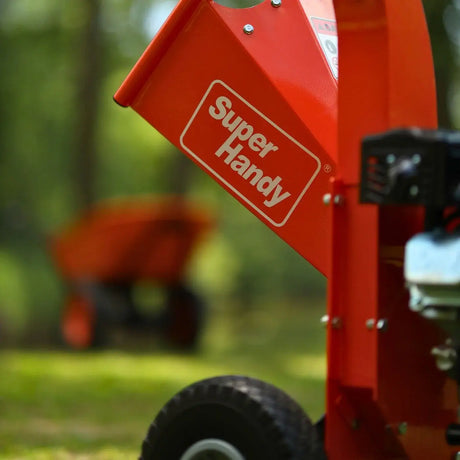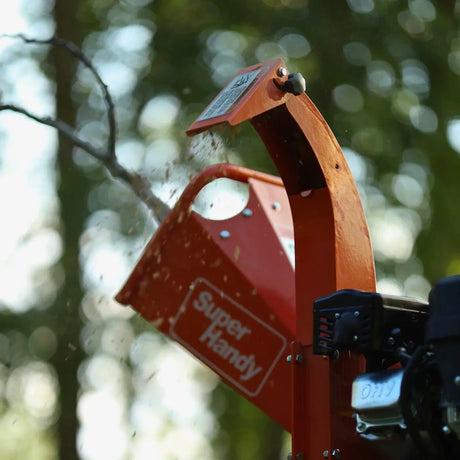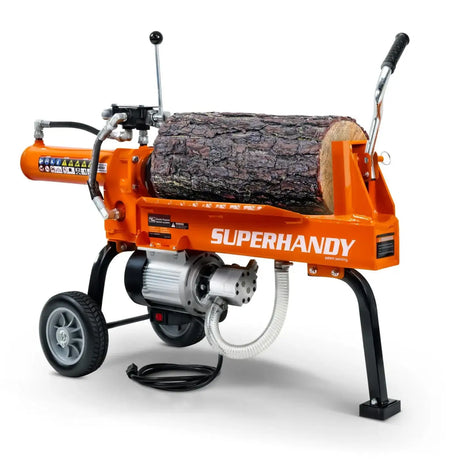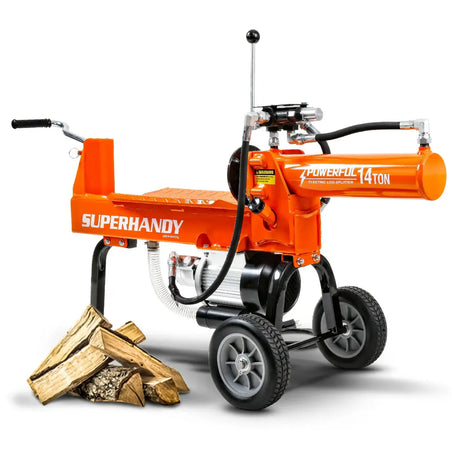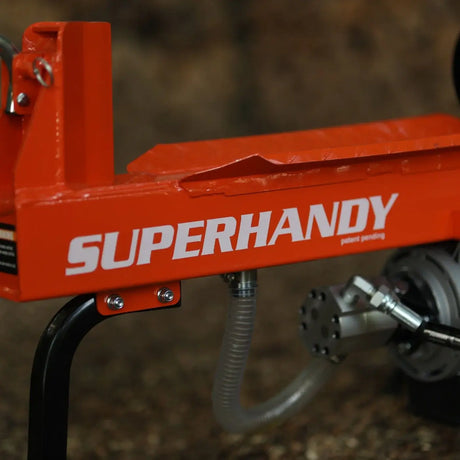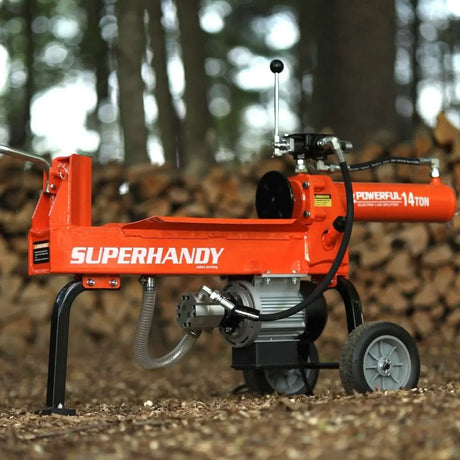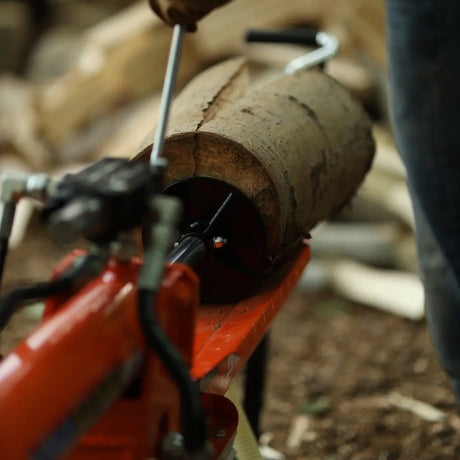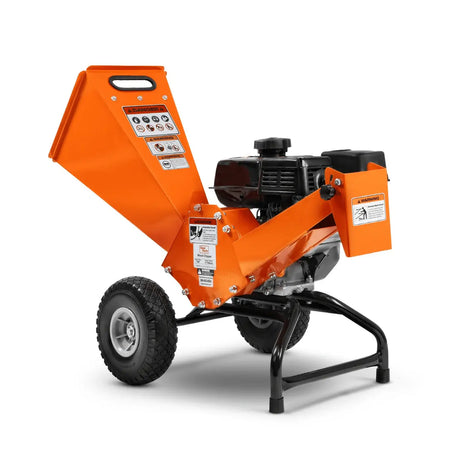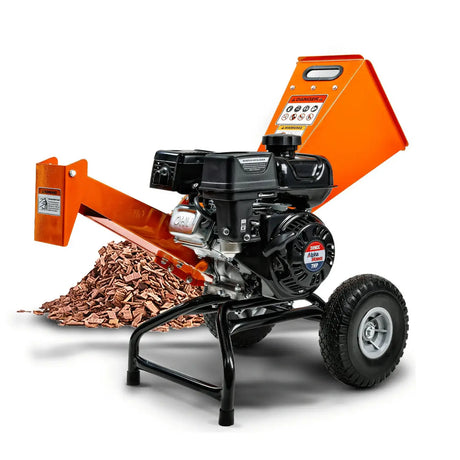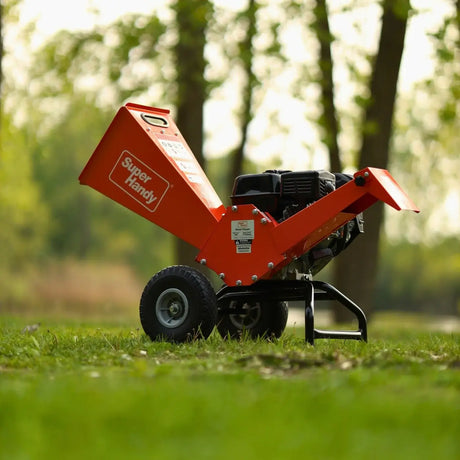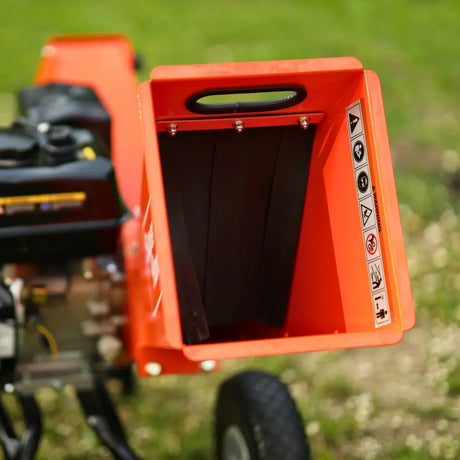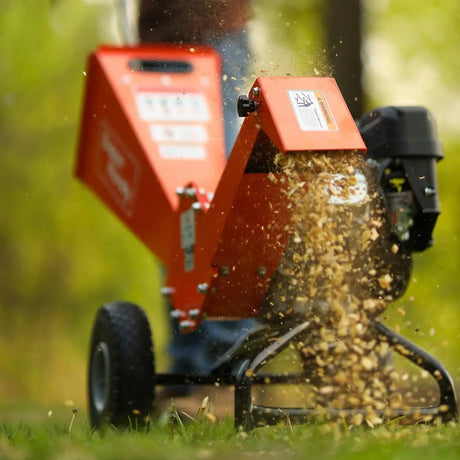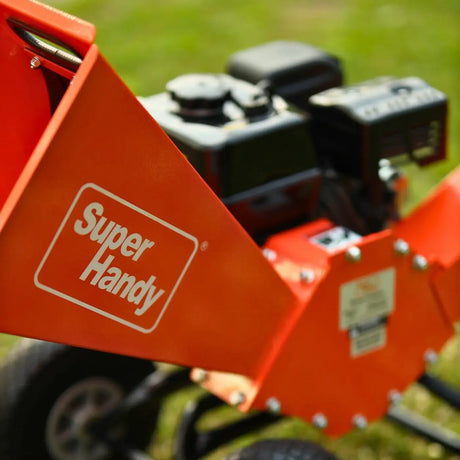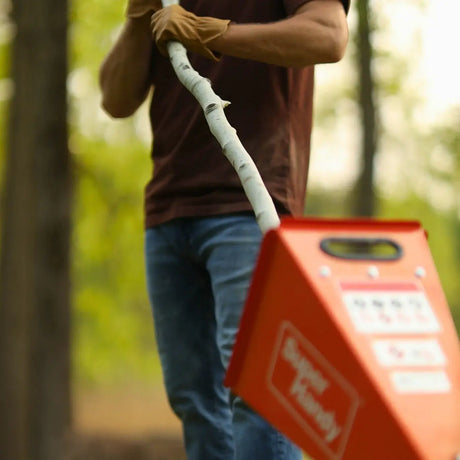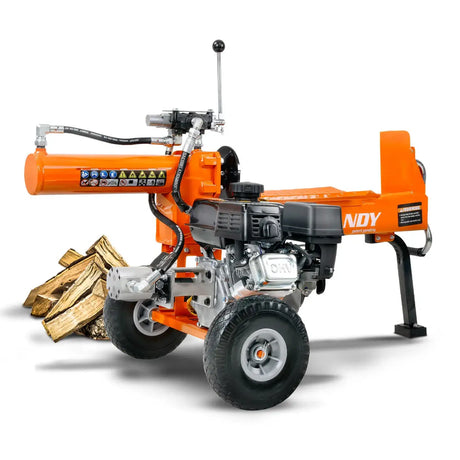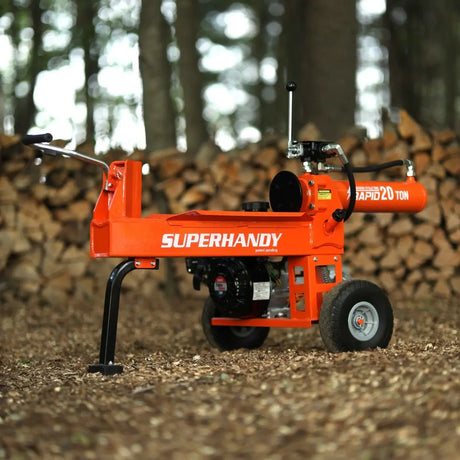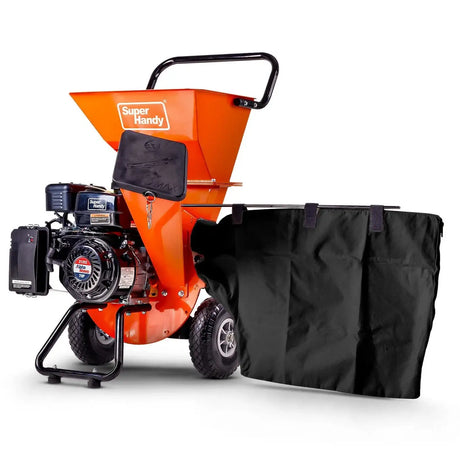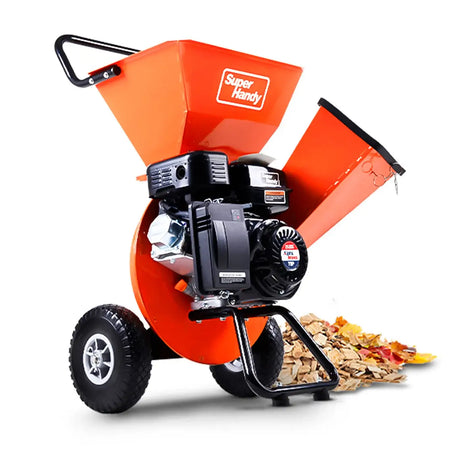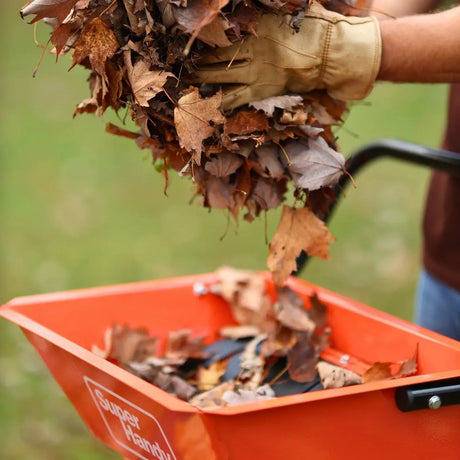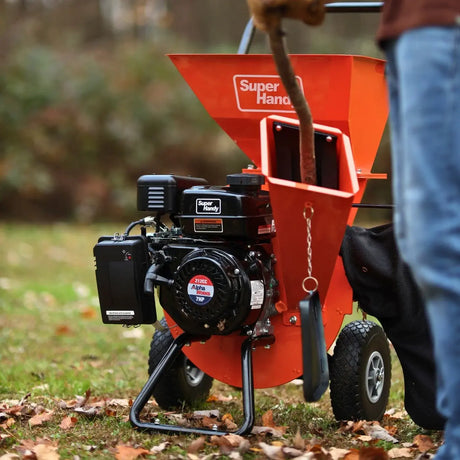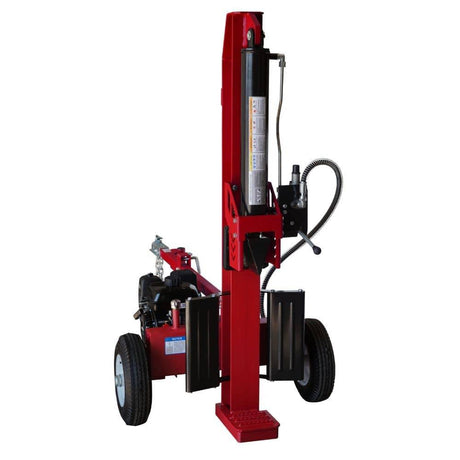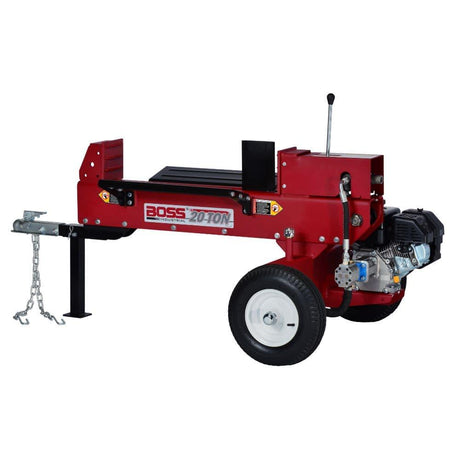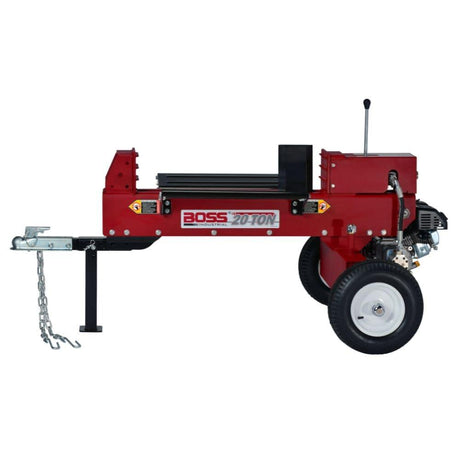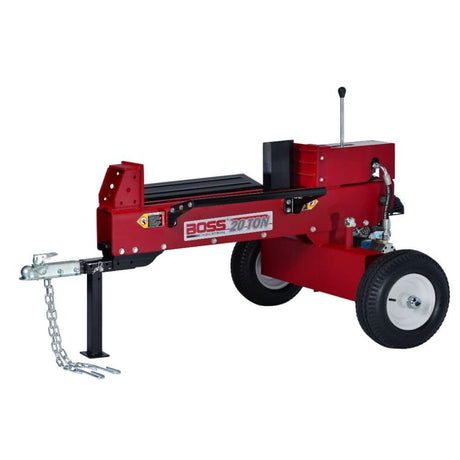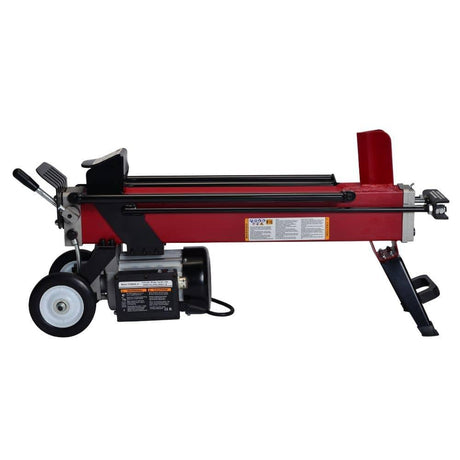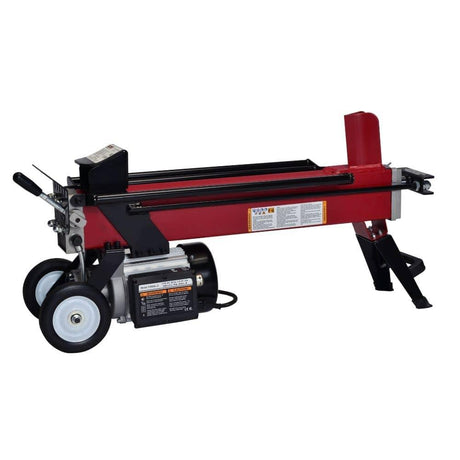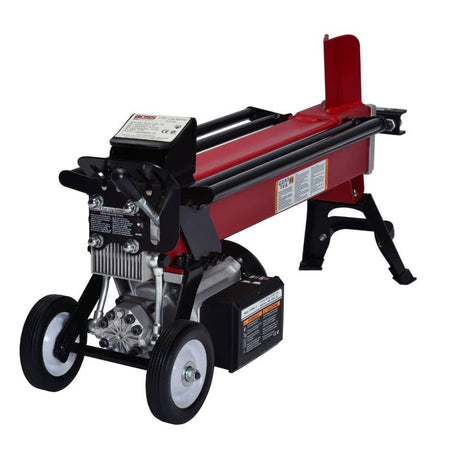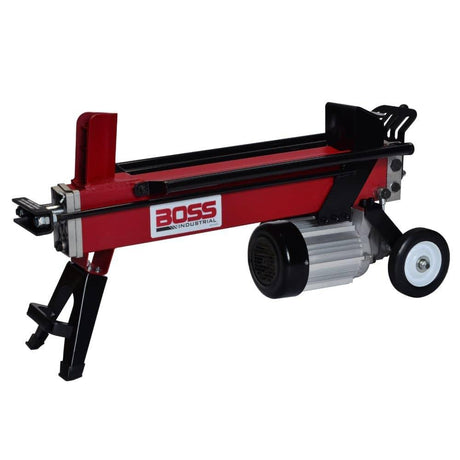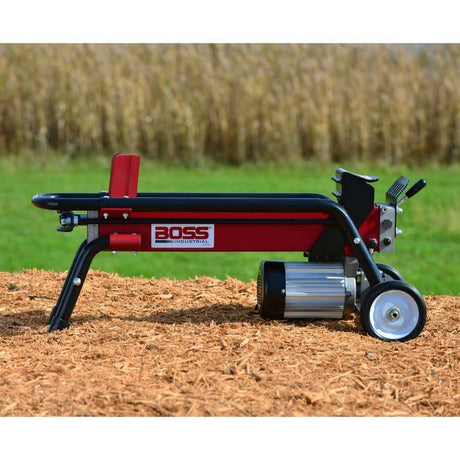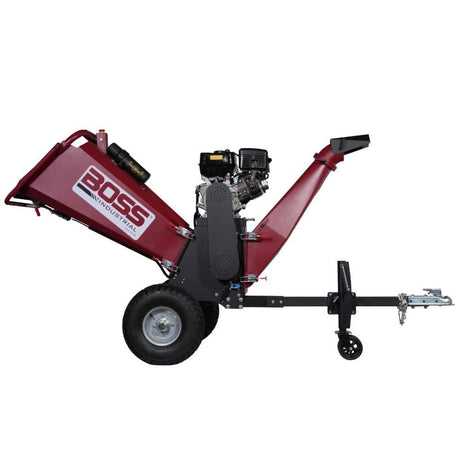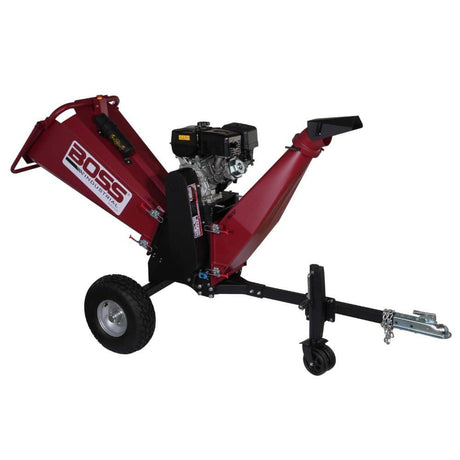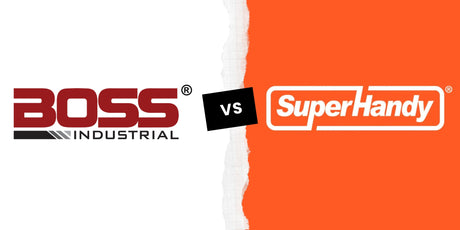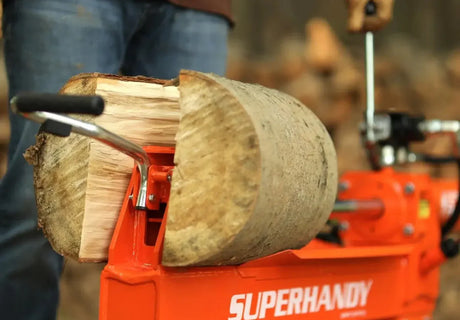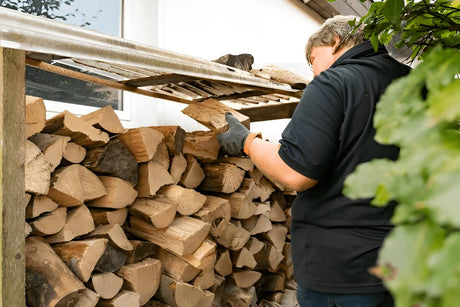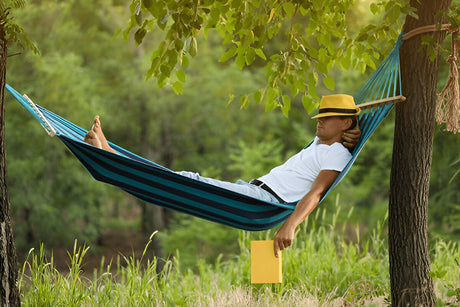What every homeowner and landscaper should know before feeding green or soaked wood into a chipper or shredder.
If you want to get started right, see our how to use a wood chipper guide.
What Happens When You Put Wet Wood in a Wood Chipper
You can run wet wood through a wood chipper-but that doesn't mean you should. It's one of those things that seems harmless at first, until your machine starts bogging down, clogging up, or producing a mess of pulp instead of usable chips.
The Real Impact on Blades, Motor Strain, and Performance
Wet wood is heavier, stickier, and far less cooperative than dry wood. That has a real impact on how your chipper performs:
- Blades dull faster - Moisture and sap create more friction and buildup
- The motor works harder - Especially on smaller gas or electric models
- Chutes clog more easily - Wet chips tend to clump instead of eject cleanly
- You burn more fuel or electricity - Just to do the same job dry wood would handle in half the time
I've seen perfectly good machines get gummed up and overworked just from a pile of waterlogged branches after a storm. It's not about whether the chipper can do it-it's about how long it lasts if you keep forcing it to.
Not all yard debris belongs in your machine—learn the top 5 things you should never put in a wood chipper to avoid costly repairs.
Why Wet Wood Doesn't Chip Like Dry Wood (and What You Get Instead)
Chipping dry wood gives you clean, crisp chips. Chipping wet wood? That's a different story.
- Wet wood tears, it doesn't slice - especially with soft or green branches
- You often end up with sloppy chunks or soggy mulch, not usable chips
- Sap and moisture coat the blades, making future cuts even worse
- In some cases, wet material can spray back from the chute, creating a safety hazard
If you've ever tried feeding in green limbs or rain-soaked logs, you know the sound: that slow grind, followed by sputtering chips and a bogged-down motor. Letting the wood dry-even just a couple of days-makes a huge difference.
Can Wood Shredders Handle Wet Branches or Leaves?
Yes-but not very well. Wood shredders are great for light yard debris like twigs, leaves, and small branches, but once moisture gets involved, things change. Wet material can slow down performance, gum up the cutting system, and clog the discharge chute quicker than you'd expect.
To see how chippers compare, check out our wood chipper vs. wood shredder vs. mulcher guide.

Differences Between Wood Chippers and Shredders With Moist Material
While both machines process yard waste, they handle moisture very differently:
- Wood chippers use blades to slice through branches. They're a bit better at handling wet material-if it's not too soft or leafy.
- Wood shredders use blunt flails or hammers to tear apart debris. That tearing motion doesn't mix well with soggy, sticky material.
In short:
- Wet branches may pass through a chipper okay (with strain), but bog down a shredder
- Wet leaves or grass will turn to pulp in a shredder and can jam the machine fast
- Shredders clog more easily with anything fibrous or water-logged
What Clogs Faster: Green Waste, Wet Leaves, or Softwoods?
They all clog-but some faster than others:
- Wet leaves are the worst offenders. They mat together and coat everything.
- Green waste (like freshly cut limbs) contains a lot of moisture and sap, which creates sticky buildup.
- Softwoods (like pine or cedar) shred easier when dry, but when wet, they're stringy and gummy.
If you've ever pushed a handful of wet garden trimmings into a shredder, you know what happens-it slows down, groans, and eventually stops ejecting anything at all. Letting things dry a bit before feeding them in can make a huge difference in keeping your chipper or shredder running clean.
Best Practices for Chipping Wet or Green Wood Safely
Chipping wet or green wood isn't ideal-but sometimes, you've got to get the job done. Whether it's storm cleanup or fresh trimming, there are ways to handle it without wrecking your chipper or wasting time unclogging the chute every 10 minutes.

Tips to Minimize Clogging and Blade Damage
When dealing with moist or green material, the goal is to keep things moving smoothly and protect your chipper's internals. Here's how to do it:
- Alternate materials - Mix green branches with dry ones to keep the feed balanced
- Feed slowly - Let the chipper pull the material in at its own pace
- Keep blades sharp and clean - Wet wood dulls blades faster, and sap can build up fast
- Stop and clear buildup - If chips start sticking or airflow drops, pause and clean the chute
- Trim leafy ends - These are usually the first to clump and clog
One homeowner I worked with would chip wet limbs without issue-because he always kept a few dry logs nearby to rotate between. Simple trick, big results.
Want more ways to avoid jams and speed up yard work? Check out these wood chipper hacks every homeowner should know for smart tips that actually work.
When to Let Wood Dry (And When You Can Get Away With It)
If you can give the wood time to dry, even a little, you'll notice a big improvement in performance.
- Ideally, let branches dry for 2-7 days-this reduces moisture and sap without making them brittle
- In hot, dry weather, even a day in the sun helps
- Skip drying only if the job can't wait-but expect more clogs and slower chipping
If you're chipping for mulch and don't mind coarse output, green wood is usable. But if you want clean chips and less wear on your machine, let it dry when you can. It's a simple tradeoff that pays off long-term.
Dry vs. Wet Wood: Performance, Chip Quality, and Machine Wear
If you've ever chipped both dry and wet wood, you already know-they behave like two different materials. Understanding how each one affects your wood chipper's performance can help you work faster, protect your blades, and get better results from your mulch.
Still not sure if your chipper can handle those soaked limbs? Read our breakdown of wood chipper sizes and capacities to match your machine to the job.

Efficiency Differences You'll Notice Immediately
Chipping dry wood is like slicing through butter with a sharp knife. Chipping wet wood? More like trying to cut a wet sponge.
Here's what you'll feel right away:
- Dry wood chips faster and cleaner - less resistance, fewer jams
- Wet wood strains the engine more - it's heavier, gummier, and tougher on the motor
- Dry branches feed smoother - they get pulled in easily without stalling
- Wet limbs often require more effort, and tend to clog the discharge chute
I once chipped a stack of freshly cut branches after a rainstorm. The chipper groaned the entire time. When I ran dry material the next day, it was like night and day-quieter, faster, and way easier on the machine.
For simple upkeep tips, see our wood chipper maintenance guide.
Which Type Produces Better Mulch or Compost?
That depends on how you plan to use the chips:
Dry wood chips:
- Cleaner and more uniform
- Ideal for decorative mulch and walkways
- Slower to break down in compost
Wet or green wood chips:
- Softer, stringier texture
- Great for fast decomposition in compost piles
- Can compact and mat if used as mulch without proper drying
So if you're chipping for garden compost, green wood can be an asset. But if you want clean, professional-looking mulch-or a smooth chipping session-dry wood wins every time.
Need a chipper that can handle tougher jobs without clogging? Explore our 3-inch wood chipper models—perfect for storm cleanup and everyday yard work.



